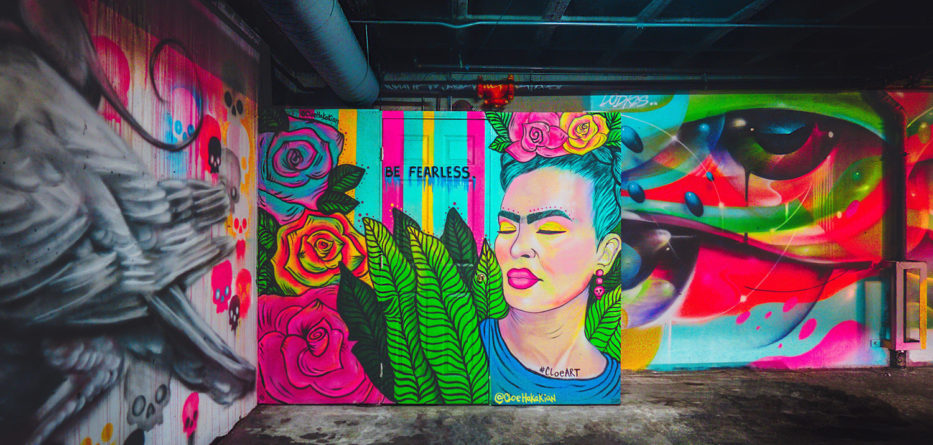Hispanic Heritage Month is an official celebration of American citizens whose ancestry can be traced back to Spain, Mexico, Central and South America and the Caribbean.
Hispanic Heritage Month “pays tribute to the generations of Hispanic Americans who have positively influenced and enriched our nation and society,” according to the official website.
“We value family,” said junior forward Jorge Lopez “Being Mexican, you always have your family everywhere, so we go everywhere together, we have these big parties and we are almost all there.”
Many Hispanic public figures came to the mind of junior midfielder Danny Sanchez. However, Sanchez thought of Cesar Chavez as the most important public figure.
“Cesar Chavez is probably the biggest one because he stood up not just for himself but for all his people.” said Sanchez.
The celebration is a month-long starting September 15th and carries until October 15th.
However, the celebration hasn’t always been a month long. In September 1968, Congress authorized President Lyndon B. Johnson to proclaim National Hispanic Heritage Week
The timing is key. The reason is because the 15th is the independence days of five Latin America countries: Costa Rica, El Salvador, Guatemala, Honduras and Nicaragua.
Mexico, Chile, and Belize follow shortly after, on the 16th, 18th and 21st.
Almost a fifth of the total U.S. population is Hispanic, according to the Pew Research Center. At a population of 57 million, they are the second-fastest growing racial or ethnic group behind Asians. Hispanics made up just 5% of the population back in 1970.
“Both of my parents are immigrants and immigrated here in 1998,” said junior defender Omar Lemus, “We moved a lot. At times, we lived in garages and small apartments.”
In Fall 2018, SJSU Headcount by Ethnicity was in a similar scale as 42% of the total were Asian and Hispanic came second with 28%, according to their website.
“When I went to my orientation, I saw the percentage and I was pretty impressed,” said Lopez “In a way, it makes you feel more comfortable. Everywhere you go you see Hispanics.”
The UndocuSpartan Student Resource Center (USRC) is invested in creating educational opportunities that will further the success of UndocuSpartans at SJSU.
“At school, there’s a lot of Hispanic clubs/organizations,” said Lemus “It represents well the school knowing they’re trying to step up to everybody, not just our community.”
The DREAM Act (Development, Relief and Education for Alien Minors Act) was a bill in Congress that have granted legal status to certain undocumented immigrants who were brought to the United States as children and went to school here.
“I am a DREAMer on the DREAM Act. It is not easy. I have to represent and show people I can do it.” said Lopez, “I do not have a lot of the stuff that other people have. The most important thing is to show people it is hard but not impossible.”
Lemus believes that legal status is one of the major social issues Hispanics face today.
“Number one thing right now is immigration,” said Lemus “even if you have your citizenship, you still get discriminated against.”
Despite the social issues, Lemus does not let the issues affect him, in fact he embraces them.
“Embrace who we are. Embrace our culture and our country.” said Lemus “I am going to be a first-generation graduate so that’s a really big [accomplishment] for me.
Lopez was in agreement with Lemus and believes the obstacles are a part of the journey.
“People are going to face obstacles and they’re going to want us to give up.” said Lopez “Think about the future. It’ll all be worth it.”






